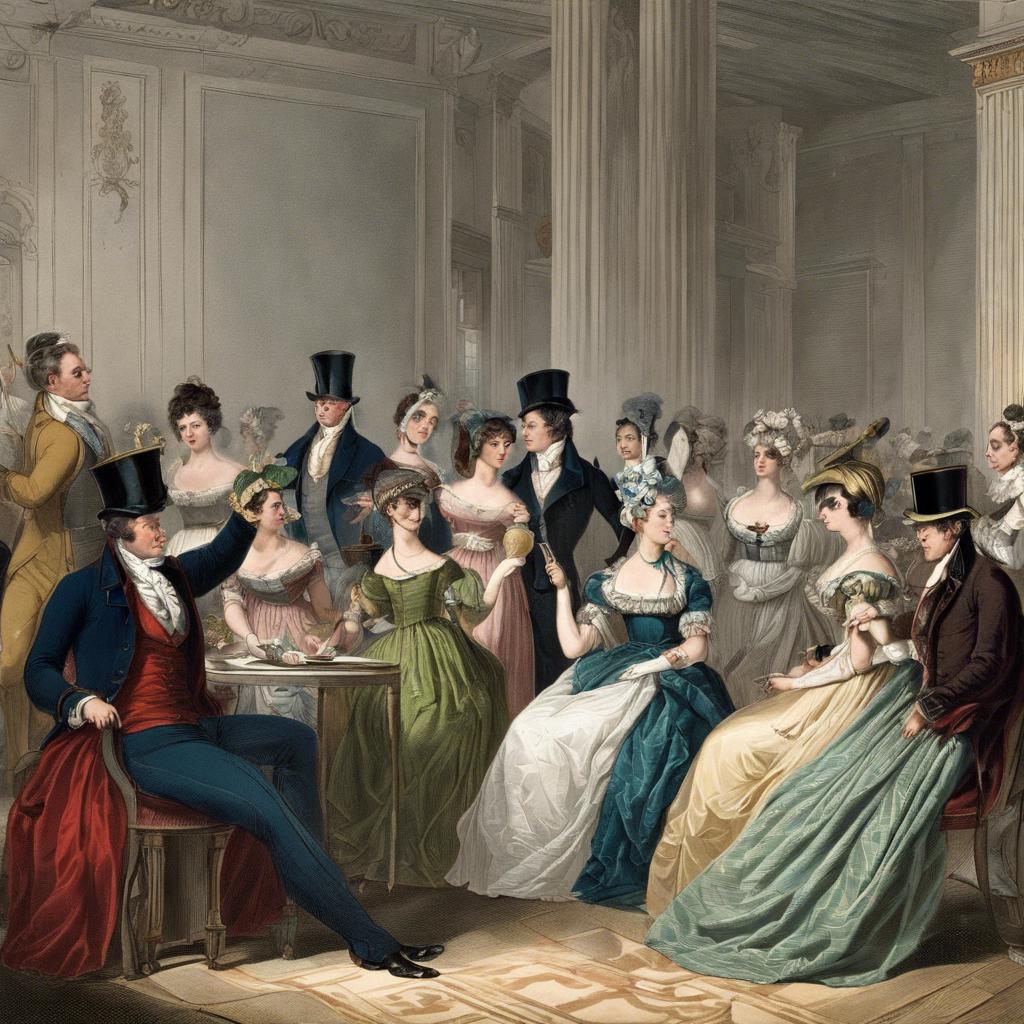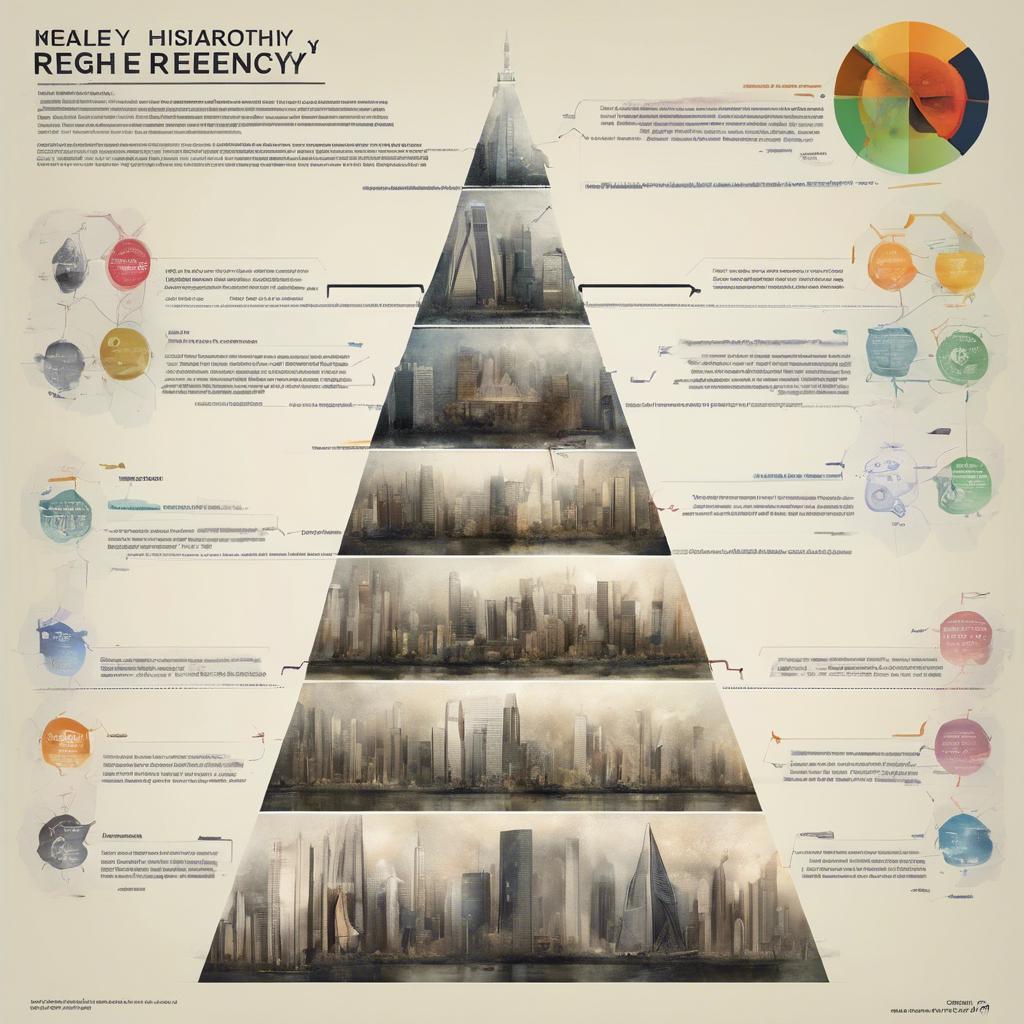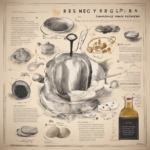During the early 19th century, the Regency era in Britain was characterized by a strict social hierarchy that governed all aspects of daily life. From the powerful aristocracy to the working class, each stratum of society had its own distinct roles and responsibilities. This article delves into the intricacies of Regency era hierarchy, exploring the various levels of society and the class distinctions that defined them. By examining this historical framework, we gain a deeper understanding of the social structures that shaped the lives of individuals during this fascinating period of British history.
Step Into the World of Cheryl Bolen
Dive into the enchanting stories of love, intrigue, and elegance set in the Regency Era. Cheryl Bolen's novels offer timeless romance and captivating tales that will leave you wanting more.
Explore Cheryl Bolen's Books Now
Regency Era Social Structure: Understanding the Pecking Order
In the Regency Era, social structure was defined by a strict hierarchy that dictated every aspect of society. Understanding this pecking order is essential to grasp the dynamics of the time period.
The top of the social pyramid was occupied by the nobility, including dukes, earls, and barons. They held immense wealth, power, and influence, shaping the cultural and political landscape of the era.
Beneath the nobility were the gentry, comprising landowners, merchants, and professionals. While they lacked the titles and privileges of the nobility, they still held a significant amount of social status and respect. At the bottom of the hierarchy were the commoners, consisting of laborers, servants, and peasants.
Noble Titles in Regency Society: Unpacking the Hierarchical System
In Regency society, the hierarchy was meticulously structured, with noble titles playing a significant role in determining one’s social status and privilege. Understanding the nuances of these titles is essential to comprehend the intricacies of Regency England.
The following are some of the most common noble titles in Regency society:
- King/Queen
- Prince/Princess
- Duke/Duchess
- Marquess/Marchioness
- Earl/Countess
- Viscount/Viscountess
- Baron/Baroness
| Title | Description |
|---|---|
| Duke/Duchess | One of the highest titles, often granted to close relatives of the monarch. |
| Earl/Countess | A title below Duke, but still holds significant power and influence. |
| Baron/Baroness | The lowest ranking noble title, often granted as a reward for loyal service. |
Understanding the hierarchical system of noble titles in Regency society helps in navigating the intricate social structures and etiquette of the era. It sheds light on the privileges and responsibilities associated with each title, providing insight into the dynamics of the aristocracy during this period.
Influencing Factors of Status: Wealth, Birthright, and Connections
In the hierarchical society of the Regency era, one’s status was greatly influenced by wealth, birthright, and connections. Wealth played a crucial role in determining a person’s place in society. Those with vast fortunes were able to afford luxurious lifestyles, prestigious memberships, and influential positions. This financial power often translated into social prestige and respect from peers.
Birthright was another significant factor in the hierarchy of the Regency era. Those born into noble or aristocratic families had a head start in the social ladder, as they inherited titles, lands, and privileges from their ancestors. This lineage afforded them automatic respect and authority within the upper echelons of society, reinforcing their status and influence.
Connections were essential for climbing the social ladder in the Regency era. Building relationships with influential individuals through marriages, alliances, and friendships could open doors to coveted positions, opportunities, and social circles. These connections often provided access to exclusive events, powerful patrons, and advantageous networks, enhancing one’s status and reputation in society.
Navigating Regency Hierarchy: Strategies for Social Climbing
In the intricate world of Regency England, navigating the hierarchical structure was crucial for those looking to climb the social ladder. Understanding the various levels of society and their corresponding expectations and privileges was essential for anyone hoping to make a successful ascent.
Strategies for Social Climbing in the Regency Era:
- Networking: Establishing connections with influential figures within the ton was key to gaining access to exclusive social circles and opportunities for advancement.
- Observation and Mimicry: Studying the behaviors, manners, and dress of the upper classes and emulating them was a common tactic for those seeking acceptance into higher social circles.
- Demonstrating Accomplishments: Showcasing talents in areas such as music, art, or literature was a way to gain respect and admiration from the elite, potentially opening doors to higher social standing.
For those looking to navigate the complex world of Regency hierarchy, it was essential to understand the unwritten rules and expectations of each level of society. By employing strategic social climbing techniques such as networking, observation, and demonstration of accomplishments, individuals could increase their chances of advancing within the rigid social structure of the time. Mastering these techniques was not only a matter of social status but also a means of securing opportunities for success and influence in Regency England.
Future Outlook
gaining a deeper understanding of the complex hierarchy of the Regency era provides valuable insights into the social, political, and cultural dynamics of the time. From the monarchy to the working class, each stratum played a vital role in shaping the society of that era. By exploring the intricate web of relationships and power structures, we can better appreciate the nuances and complexities of this fascinating period in history. As we unravel the layers of the Regency era hierarchy, we gain a deeper appreciation for the traditions, customs, and values that defined this unique and influential time in British history.


